XECAN RFID
Smart and Automated Identification
RFID can be used to identify and track patients and medical accessories to achieve improved clinic workflow and patient safety. A typical XECAN RFID patient badge or accessory tag can be detected at the range of 5-10 meters. Unlike WiFi technology, RFID detection is bi-directional and in a cone beam shape.
The unique advantage of RFID among other SMART IDs is that it is a forced and automated verification. That is, if a patient wears an RFID badge, the patient is automatically subjected to verification at various locations, where RFID detectors are installed. This is ideal for radiation treatment rooms for both patient and accessory verification.
The disadvantage of RFID is that patients need to carry their RFID when they go to the clinic. At the end of RFID usage, patients need to return their RFID badges. This is not a problem in radiation treatment, patients can keep their RFID badges during the whole treatment period and only return their RFID badges at the end. For a single or follow-up visit, however, it is inefficient to have the clinic involved in issuing and collecting RFID badges. In this case, other forms of IDs are more practical and appropriate.
A XECAN RFID patient badge can be reused for many patients and over a few years. A XECAN RFID accessory costs about a few cents each. To achieve best results, it is recommenced for one time use only. Overall the cost of RFID clinic using is very affordable.
Patient, staff and accessory RFID tags are included its turn-key solution. Clinics in operation can also order additional RFID tags directly from XECAN.






